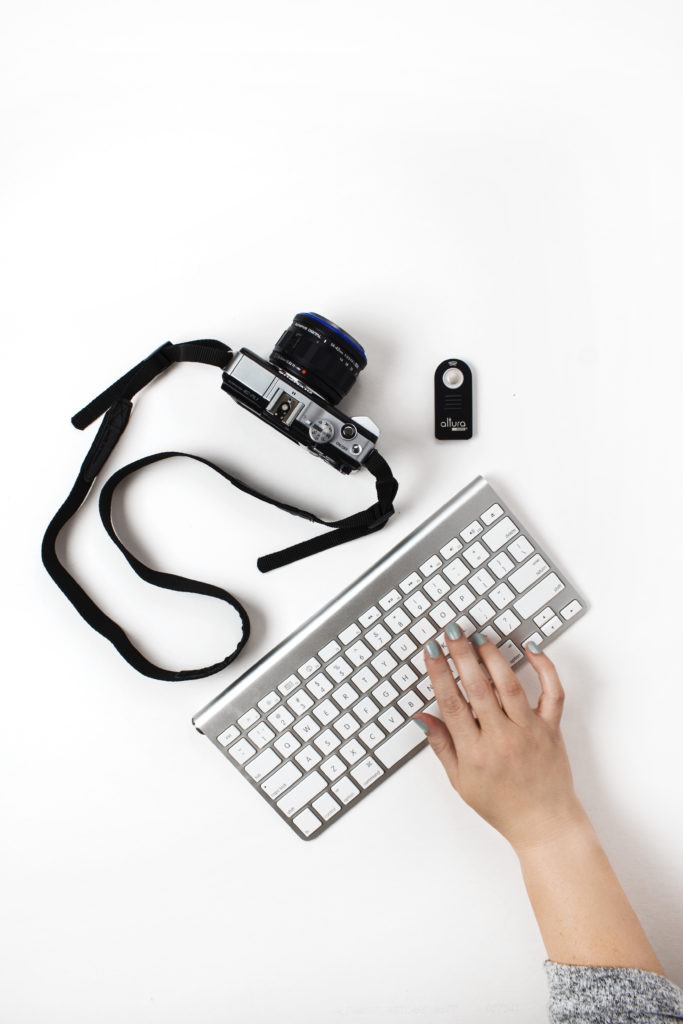What is Aperture?

An Overview of Common Aperture Settings and Their Uses
The aperture, as a camera setting, refers to the size of the opening in front of the film or sensor. The camera aperture and depth of field can be wide opened or closed down.
There are many different types of apertures that you can use depending on your desired outcome. These include:
– Wide Aperture: This type lets in a lot of light and will give your photo a dreamy effect. It is perfect for taking photos with a shallow depth of field and capturing pictures with artistic blur.
– Large Aperture: This type restricts ambient light and makes it possible to achieve focusing deep into the scene. It is perfect for taking photos in low light conditions such as sunset or nighttime.
– Small Aperture: This type restricts ambient light to make it possible to achieve focusing deep into the scene and isolates subjects from their background for
A Detailed Explanation of Different Aperture uses and How They Affect Your Photos
The aperture is the opening in the lens of the camera responsible for regulating how much light enters. It can be adjusted to different settings, which determines the depth of field. Set the camera aperture and depth of field will either be blurry or in focus.
The aperture is expressed in f-numbers (also known as f-stops). The lower the number, the larger the aperture. For example, an f-number of 2 means that there is a larger opening in the lens than an f-number of 8. The size of this opening determines how much light gets into your camera and affects your photo’s exposure and contrast levels. By controlling this setting you can create a desired effect or mood for your photos, ranging from blurry backgrounds to crisp foregrounds.

How to Read the Setting on Your Camera and What Each Setting Means
This article will walk you through the different ways to interpret the settings on your camera.
The first setting, “Image Quality”, determines how many megapixels the image will be and how much quality it will have. The more megapixels, the larger and crisper your photo will be.
Some cameras have a setting of “Long Exposure” which takes a photo that is longer than one second. This is useful for taking photos in low light or nighttime settings.
Some cameras have a setting called “White Balance” which can change depending on what type of light is being used to take the photo. For example, if you are taking a photo with fluorescent lighting, it might need to be adjusted so that colors are not washed out or off-
Camera aperture and depth of field conclusion and why you should care about it to help tell the story in an image

Conclusion:
Camera Aperture and depth of field has allowed us to see the world more clearly than ever before. It is no longer just an idea on paper, but a reality that we can experience. The technology that brings us the ability to explore space and each other’s faces has given us an unimaginable window into worlds previously hidden from our view. Who knows what will happen next?
What to learn more about shutter speed?






2 Comments